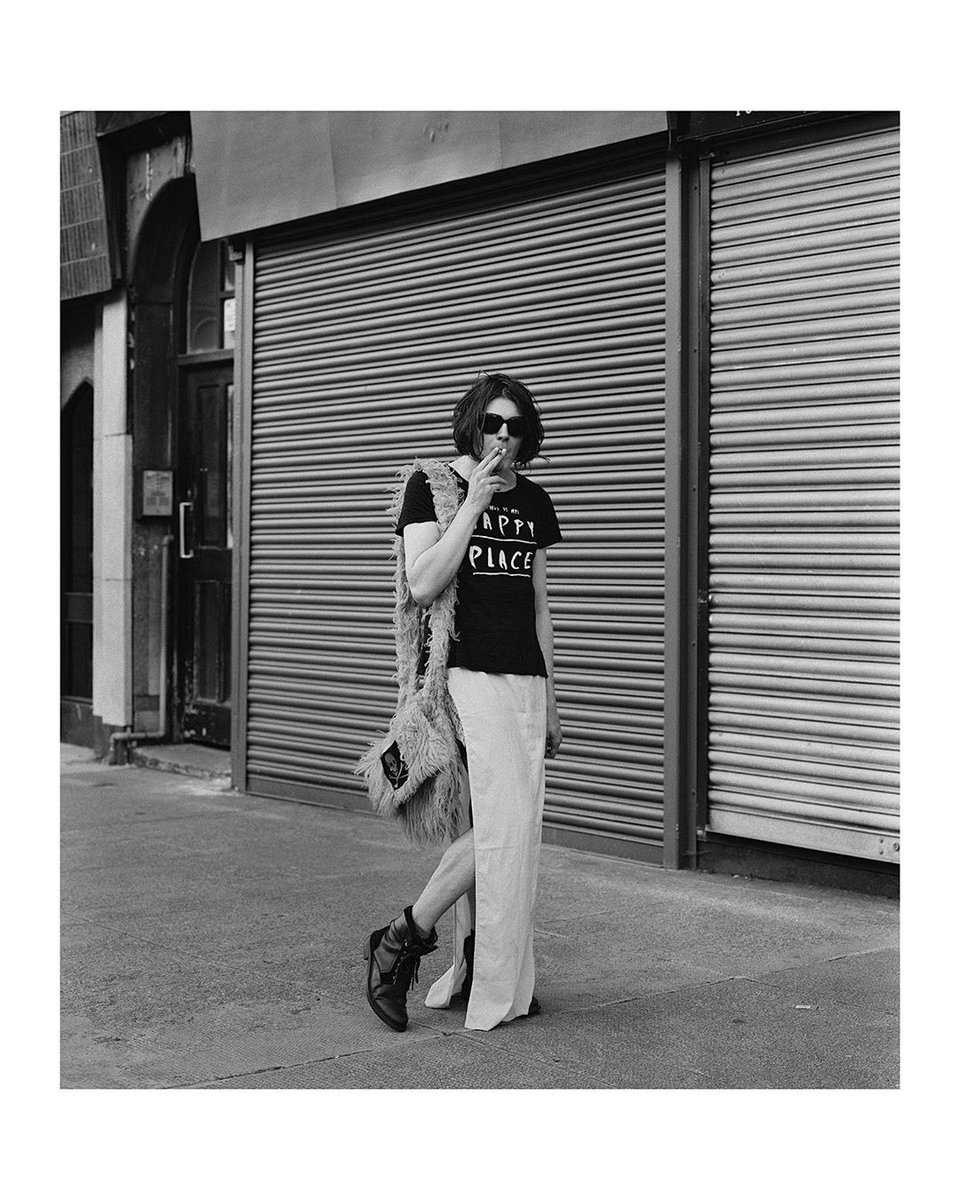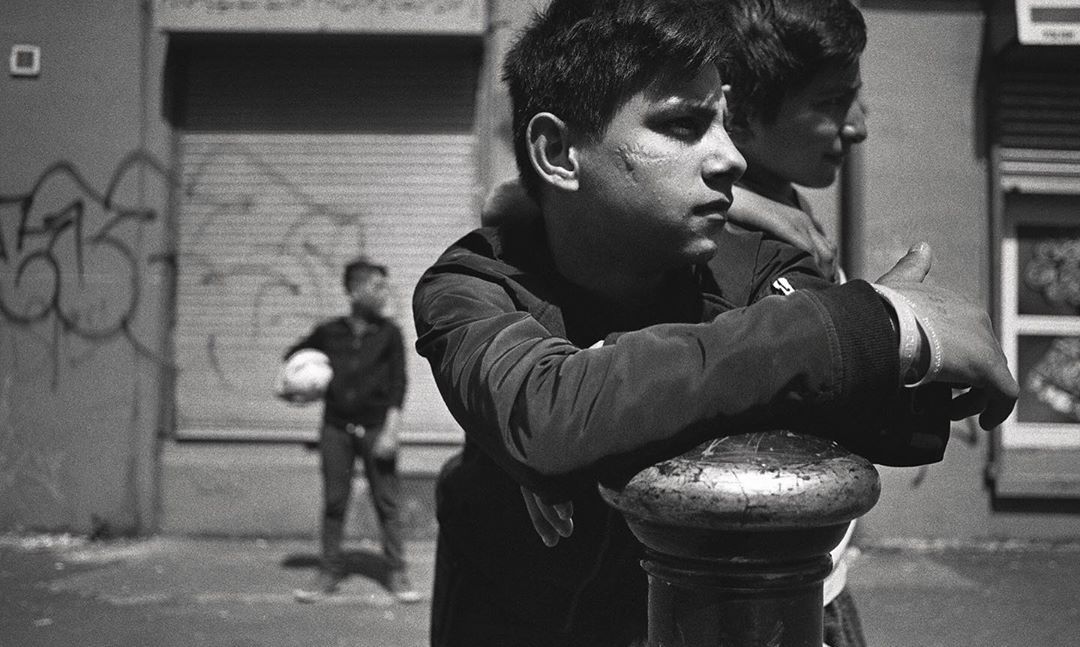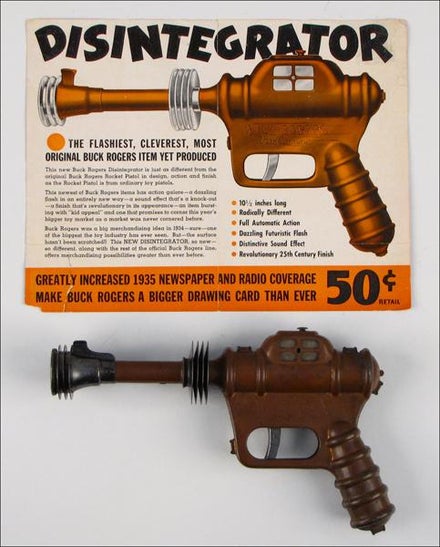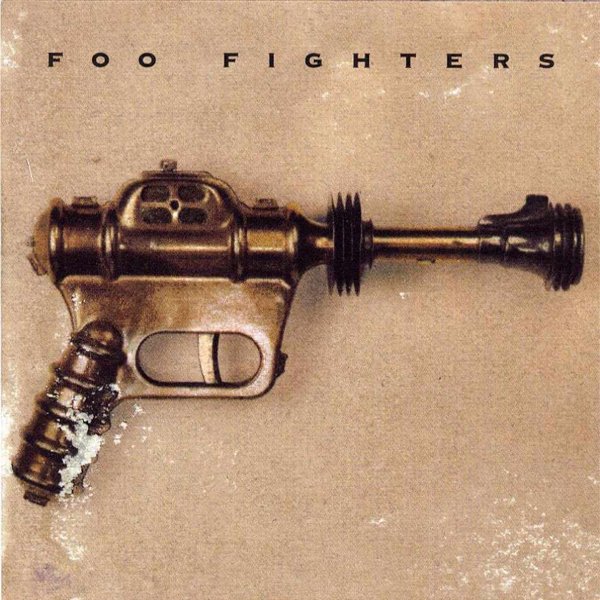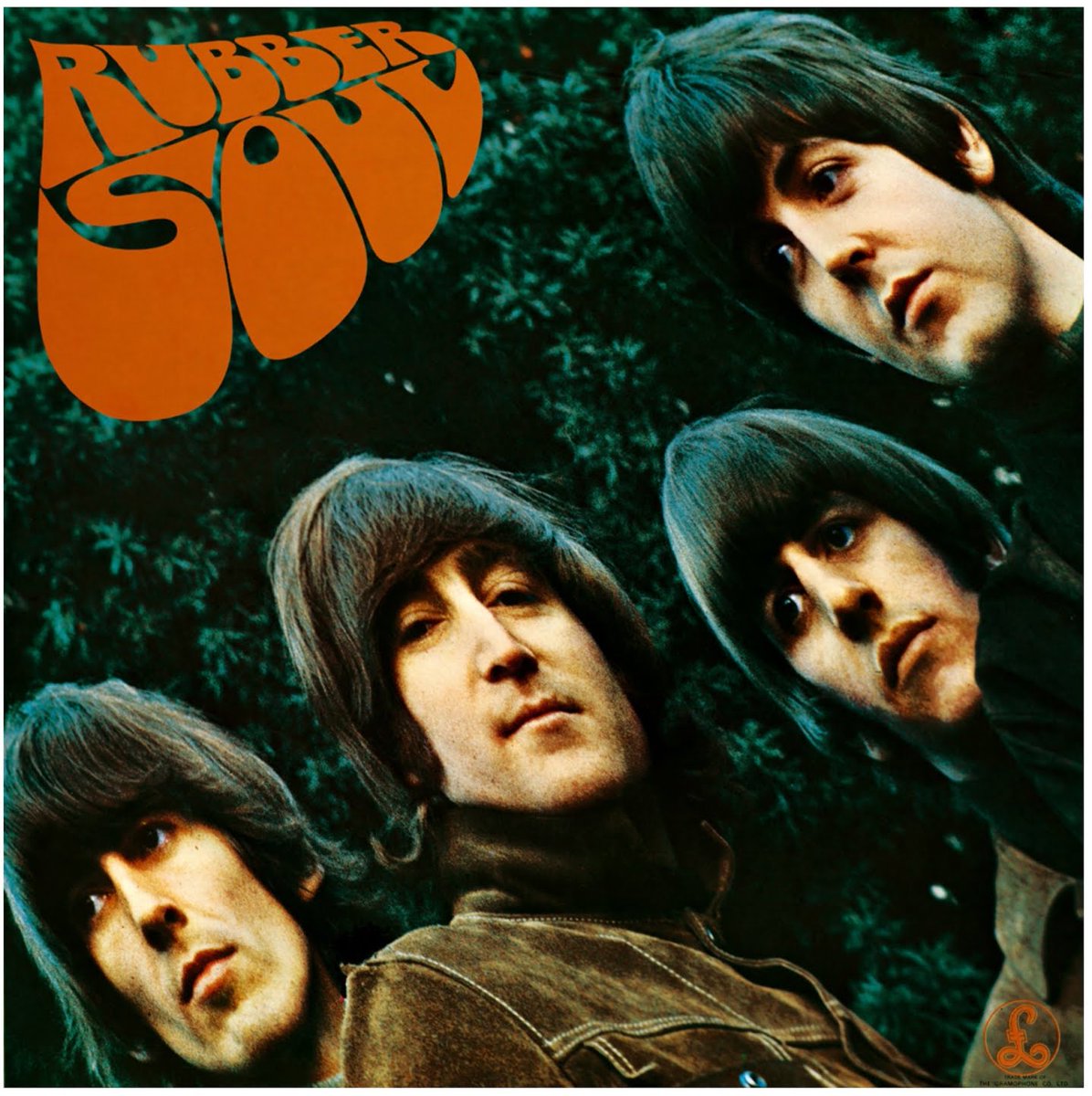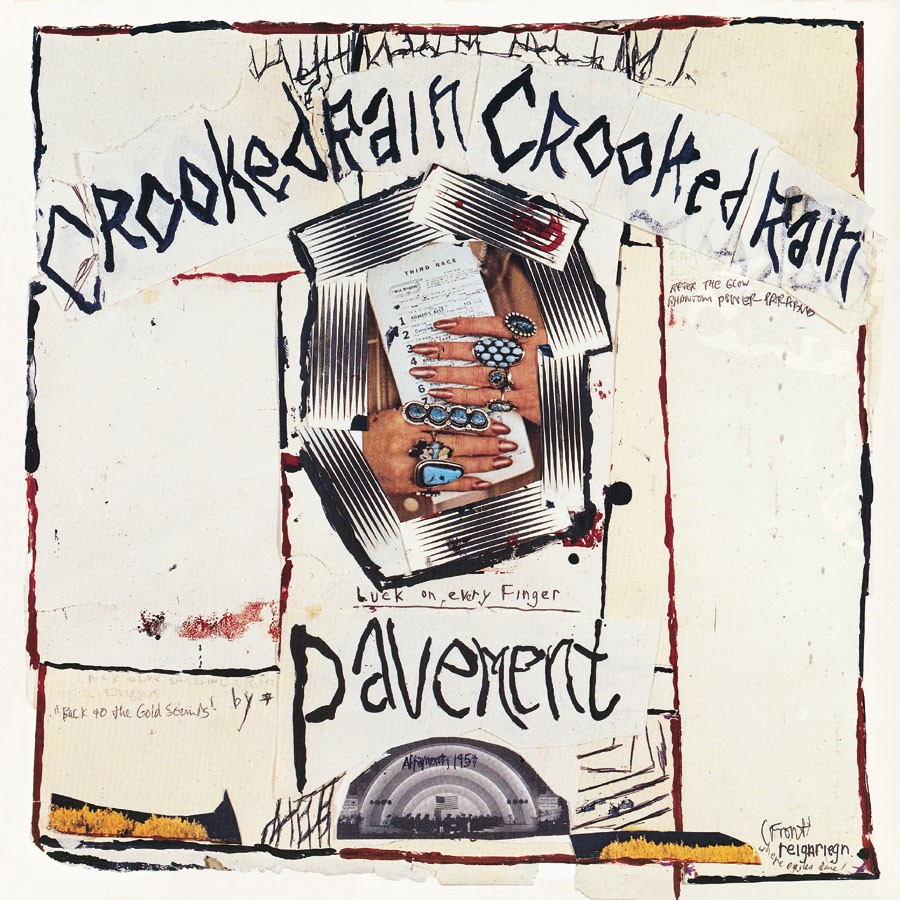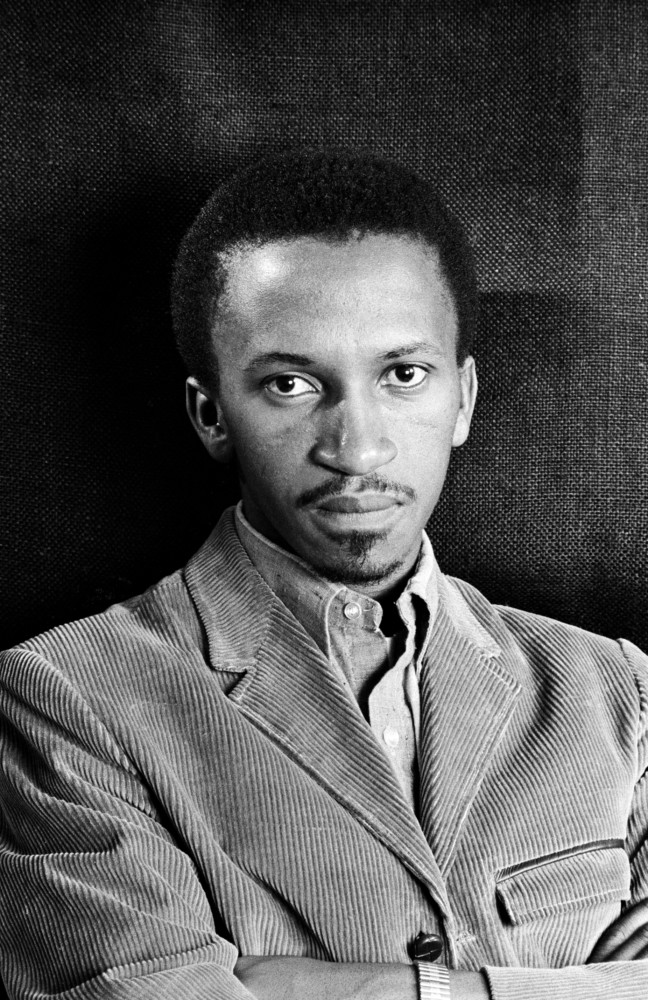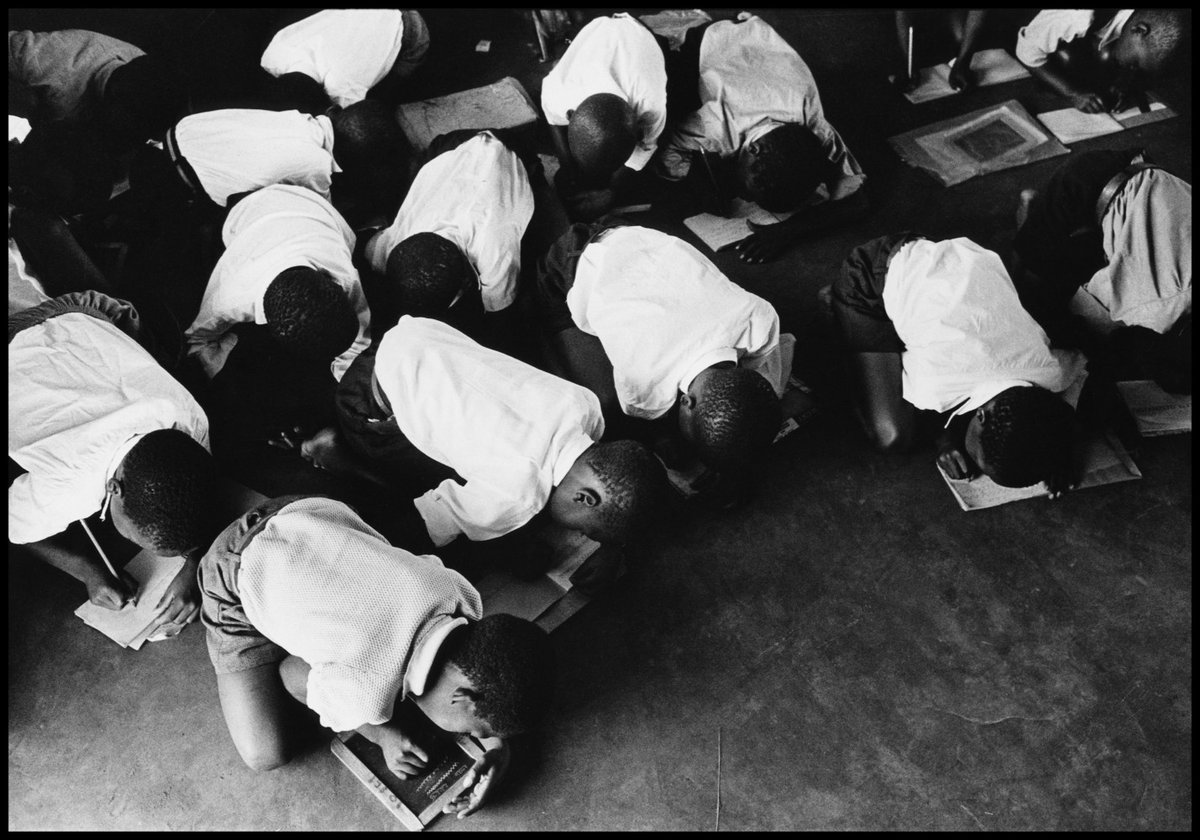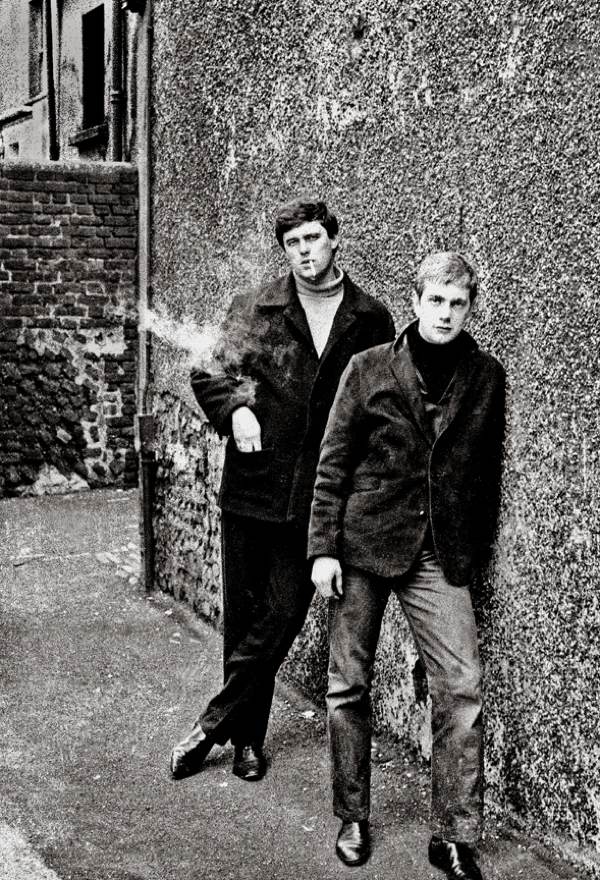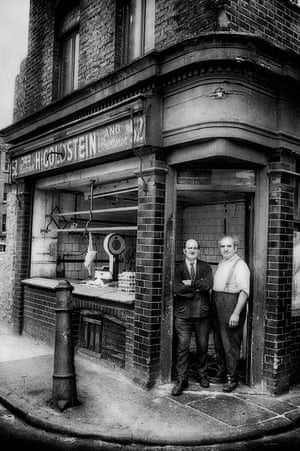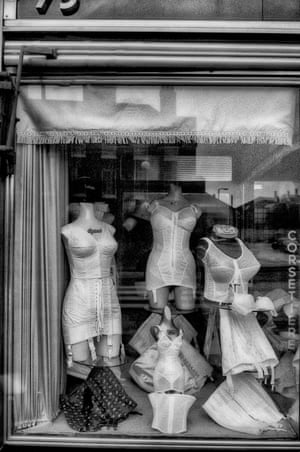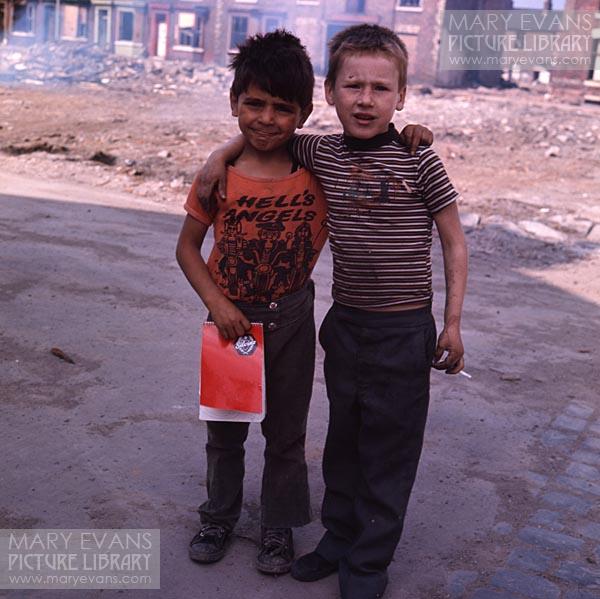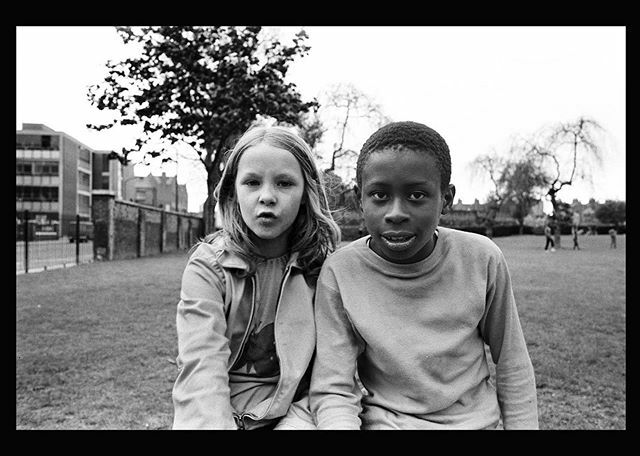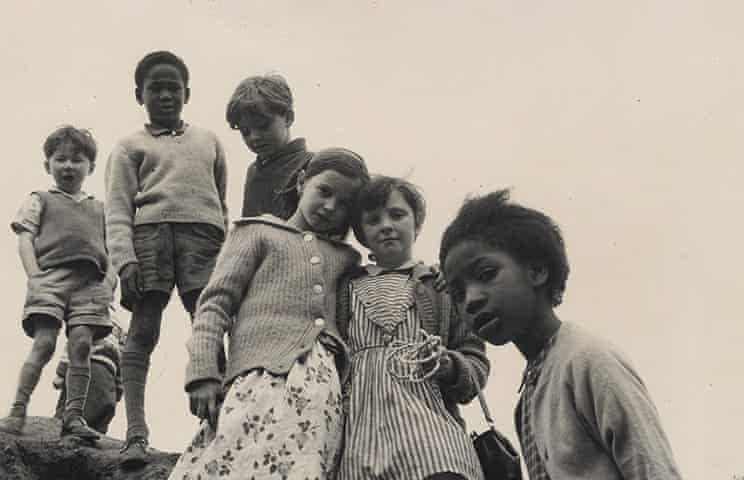
Here's a few of Margaret Fay Shaw images of a traditional Hebridean Halloween, South Uist, Scotland in 1932. 
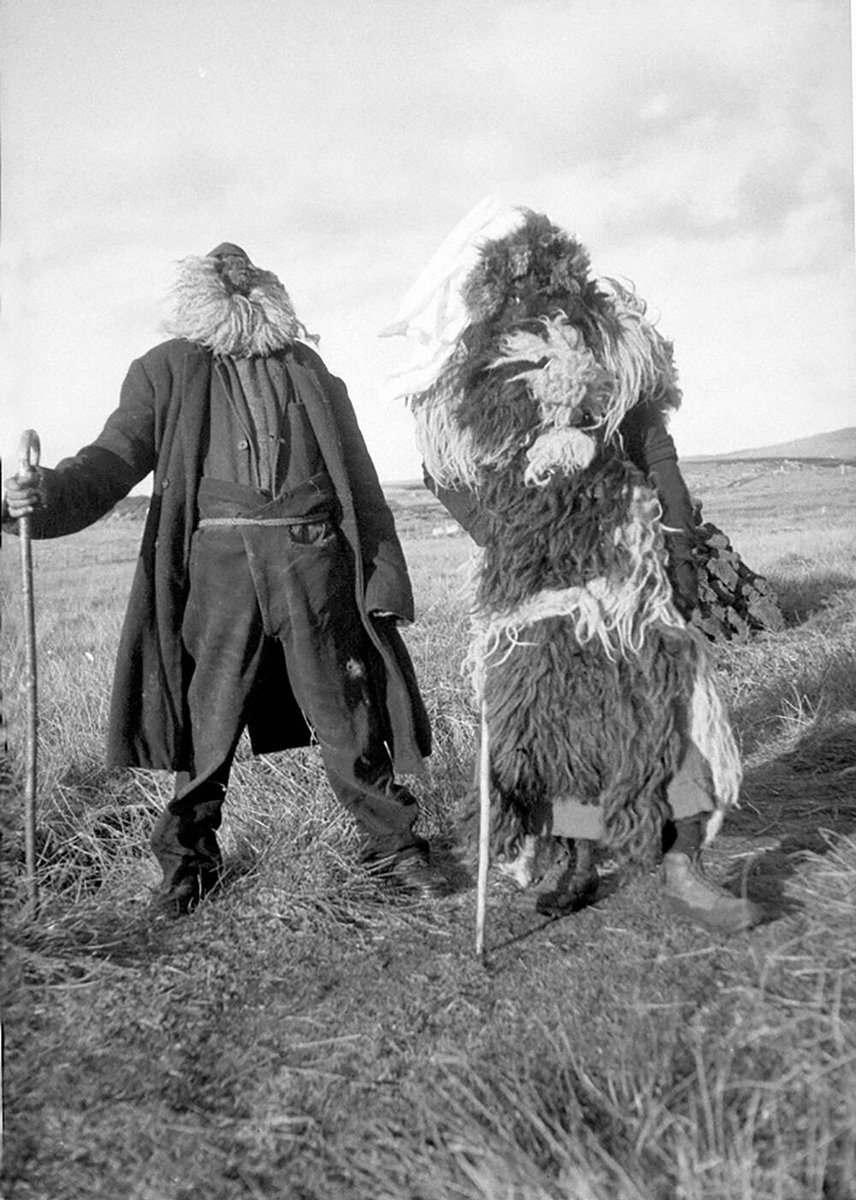
Margaret was fascinated with local folklore customs and in 1932 she decided to take images, still and film, of the local children as they dressed up to celebrate Halloween or Oidhche nan Cleas (‘Night of Tricks’). 
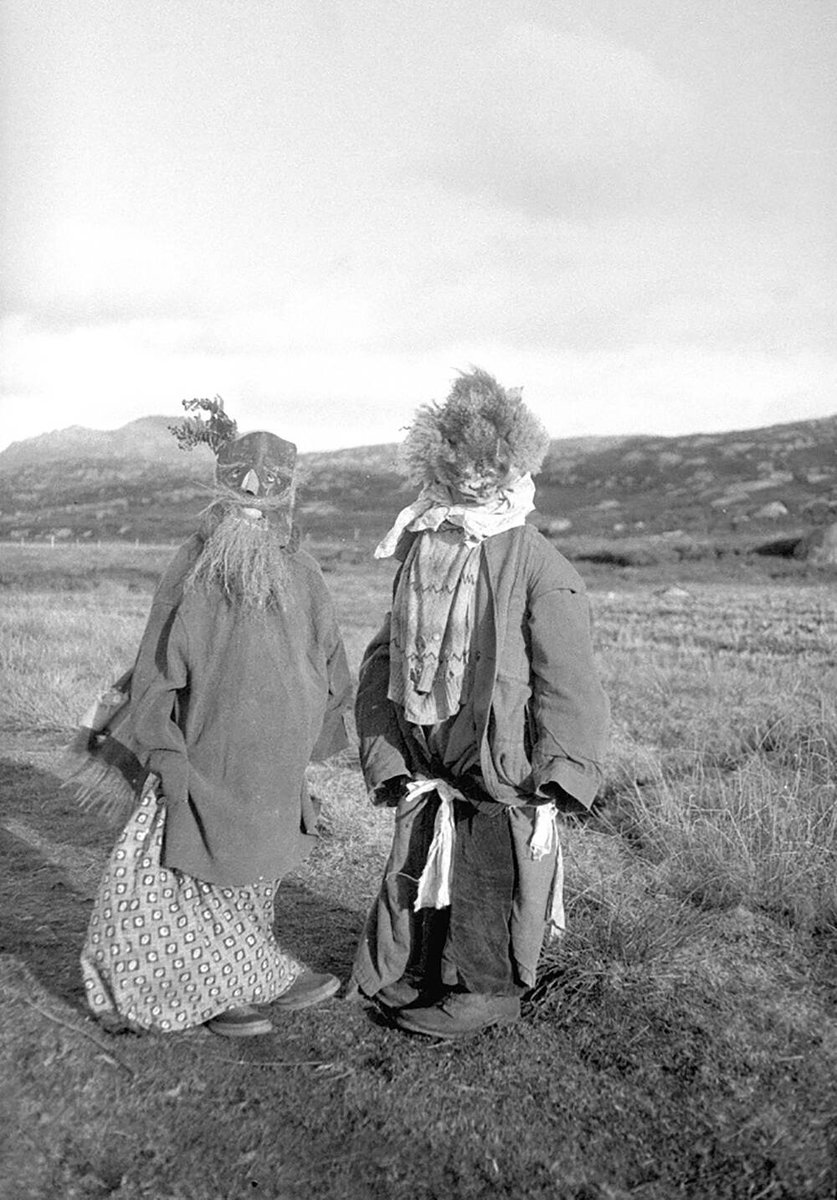
Sheepskins – including the scraped-out skull and ears – were commonly used to hide the identity of a guiser. The gìsears would carry lit peats to guide them from house to house, where they gave a song or told a fealla-dha (joke) in return for a treat, usually a scone or a bannock 

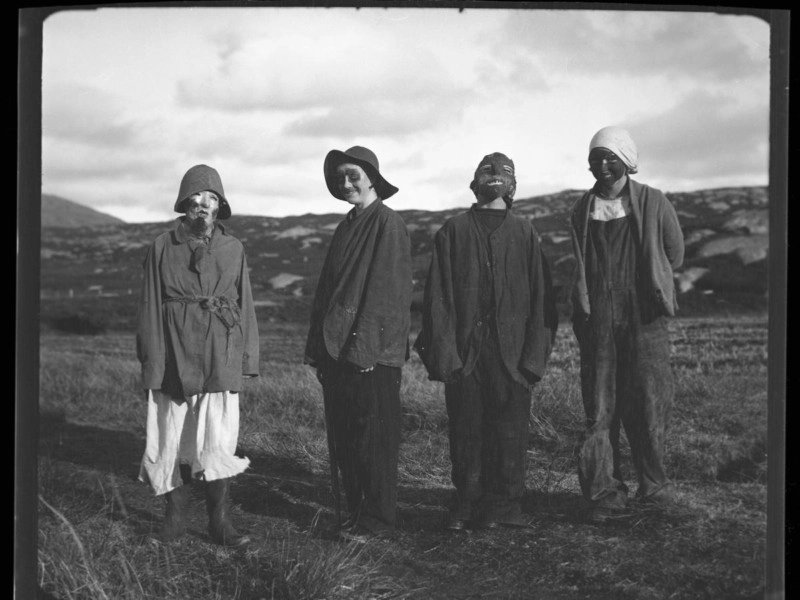
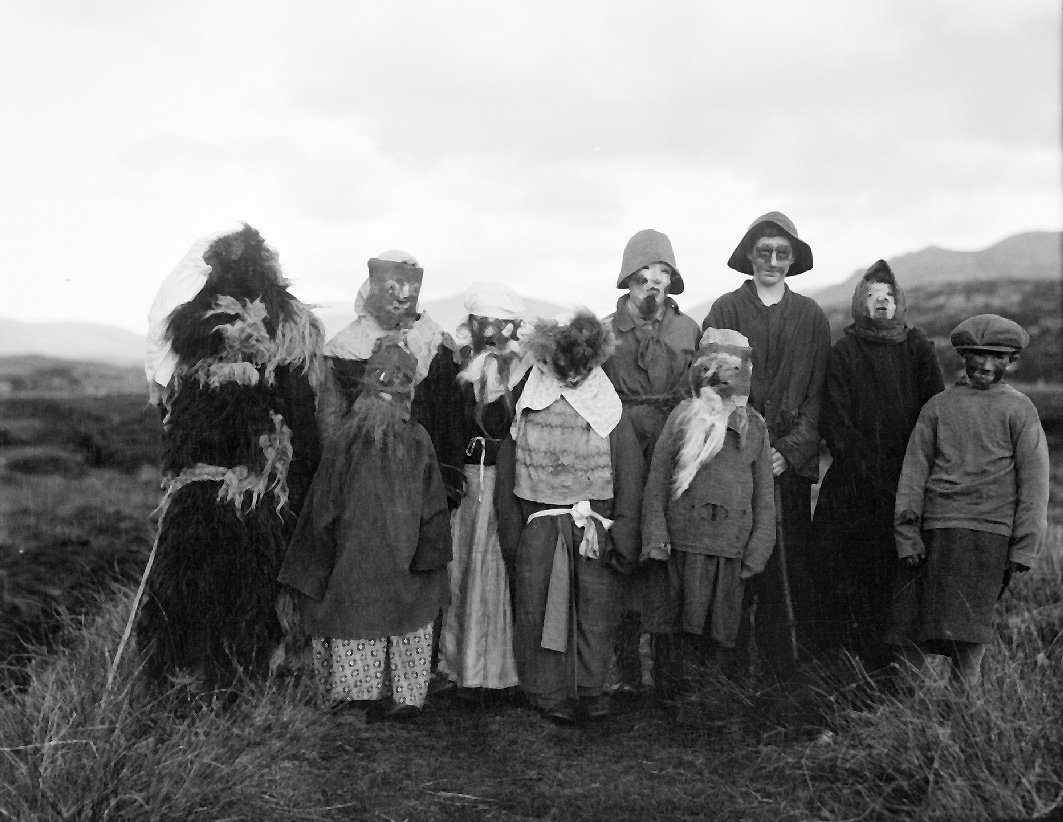
And here's a clip of the footage recorded by Margaret Fay Shaw in 1932, with an original audio recording by Pèigi Macrae.
Video via NTS, full video held by Canna House Archives and Collections
Video via NTS, full video held by Canna House Archives and Collections
Pèigi MacRae was born in Lochmaddy in 1874. Pèigi and her sister Màiri supplied Margaret with several songs for the book Folksongs and Folklore of South Uist.
Pèigi and Màiri are pictured below.

Pèigi and Màiri are pictured below.
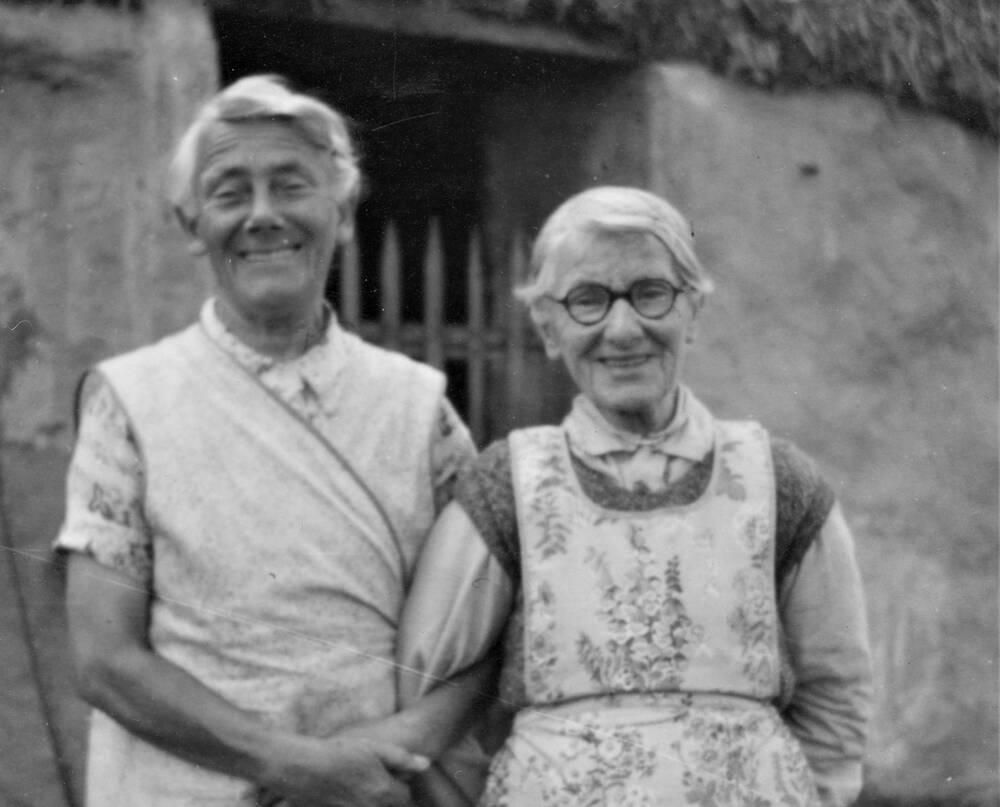
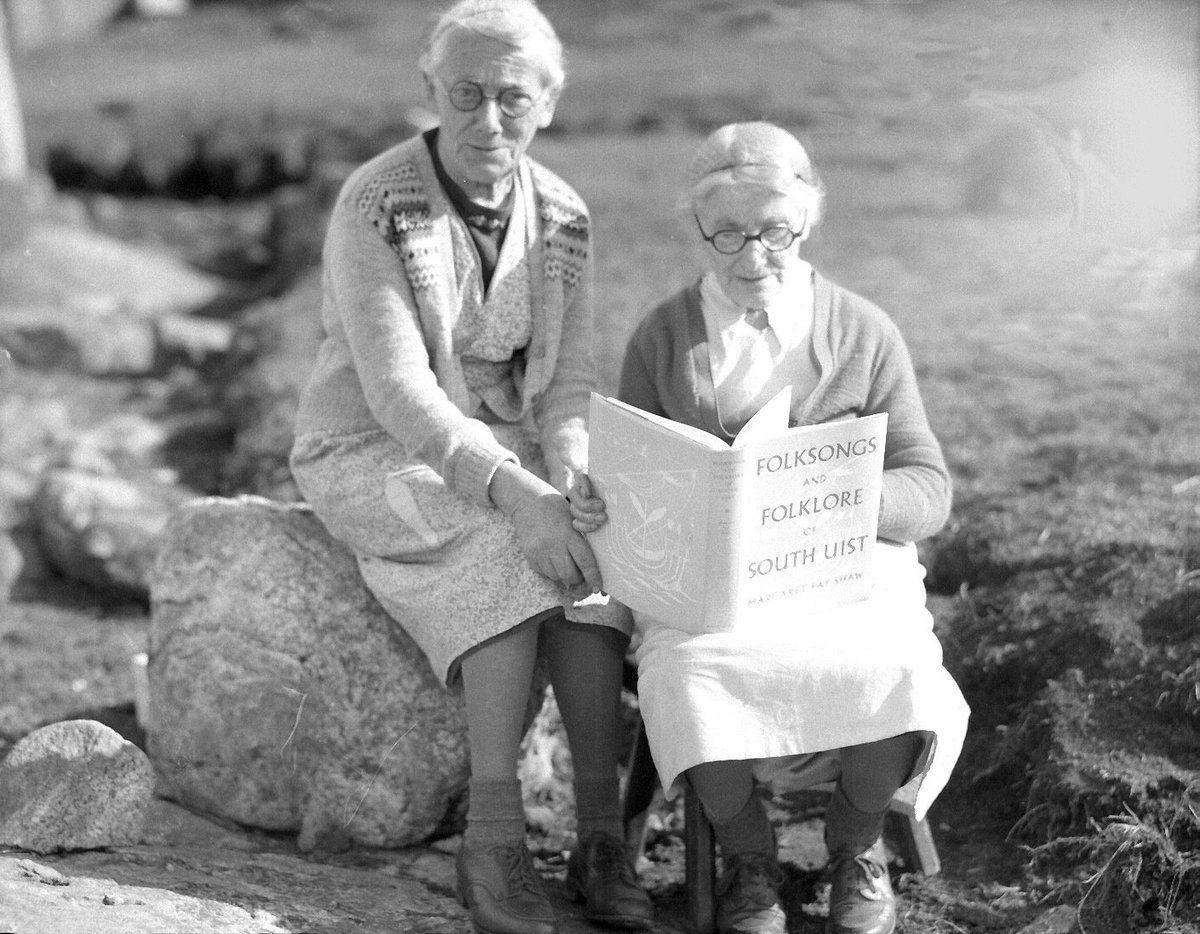
Margaret Fay Shaw was born in Pittsburgh in 1903, and after being orphaned at an early age she was sent to Scotland in 1921. She settled in South Uist in 1928, and began manually transcribing folk songs, learning the Gaelic language and documenting the island.
Here's to her ❤
Here's to her ❤
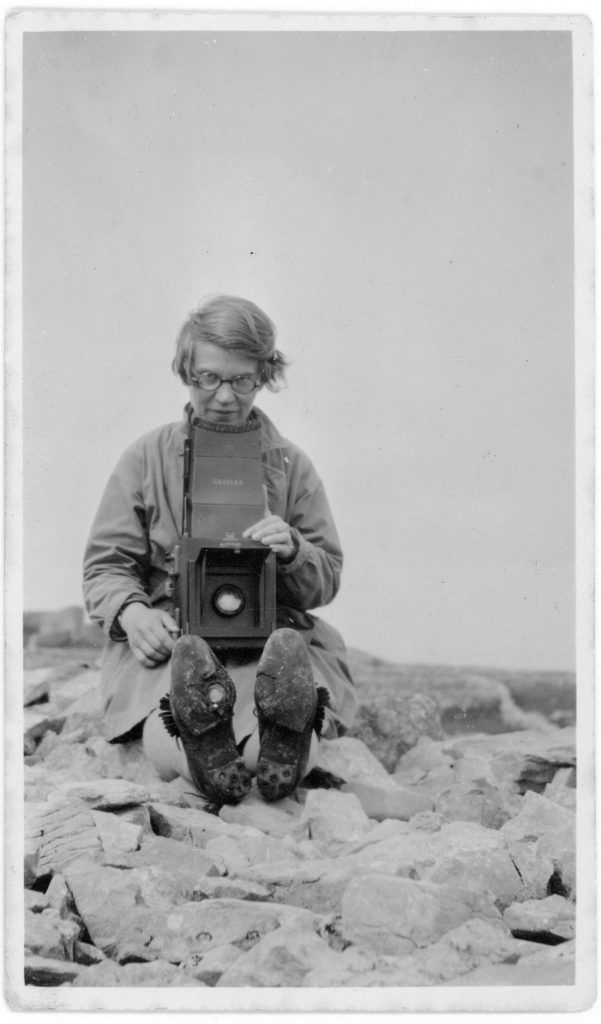
• • •
Missing some Tweet in this thread? You can try to
force a refresh


